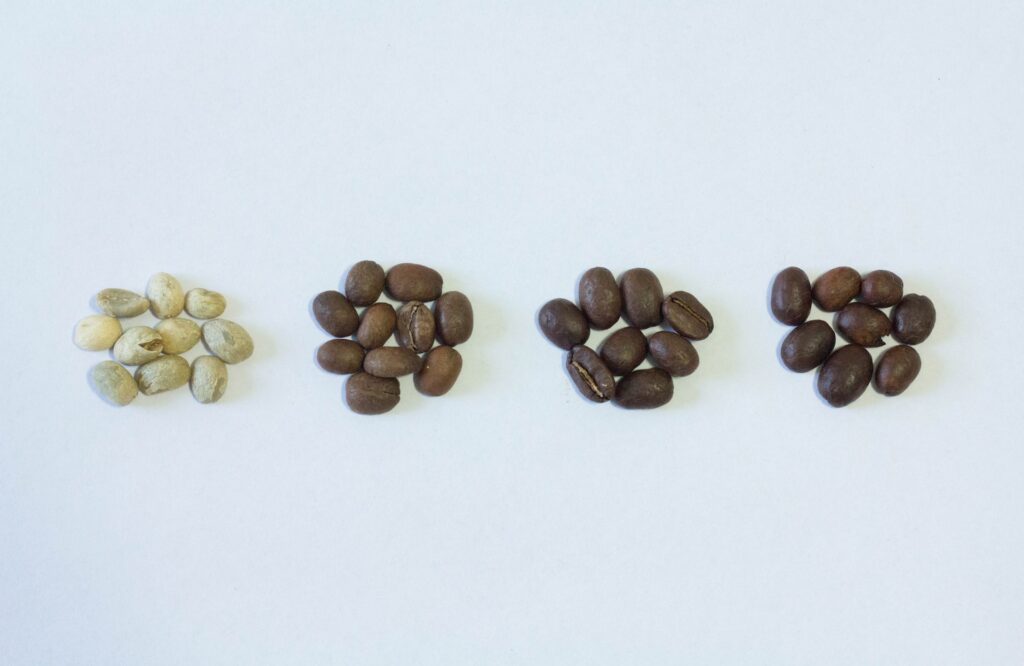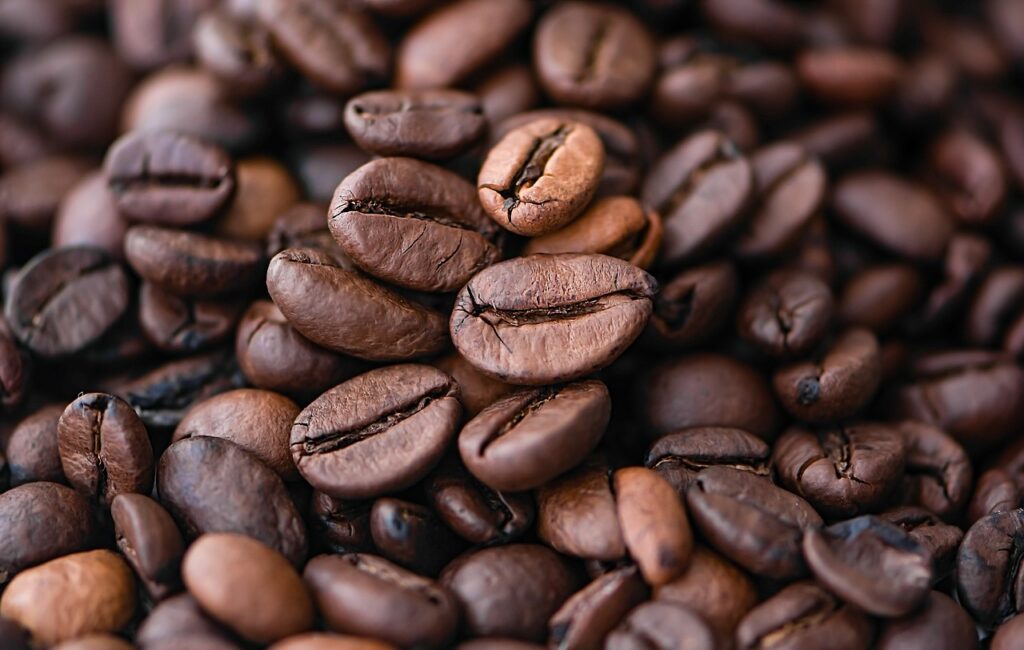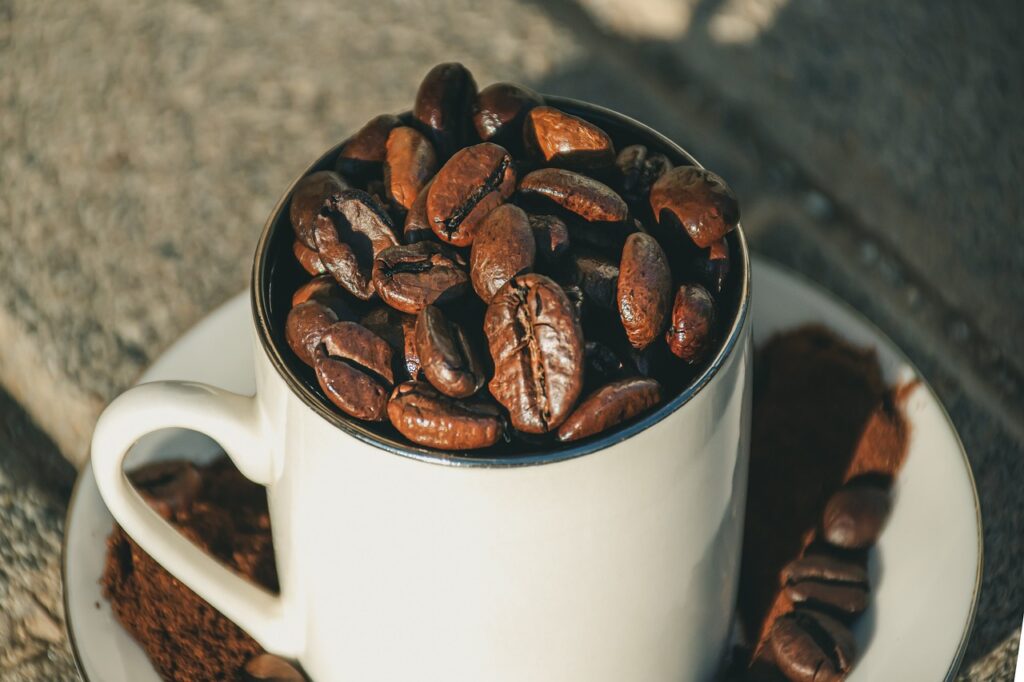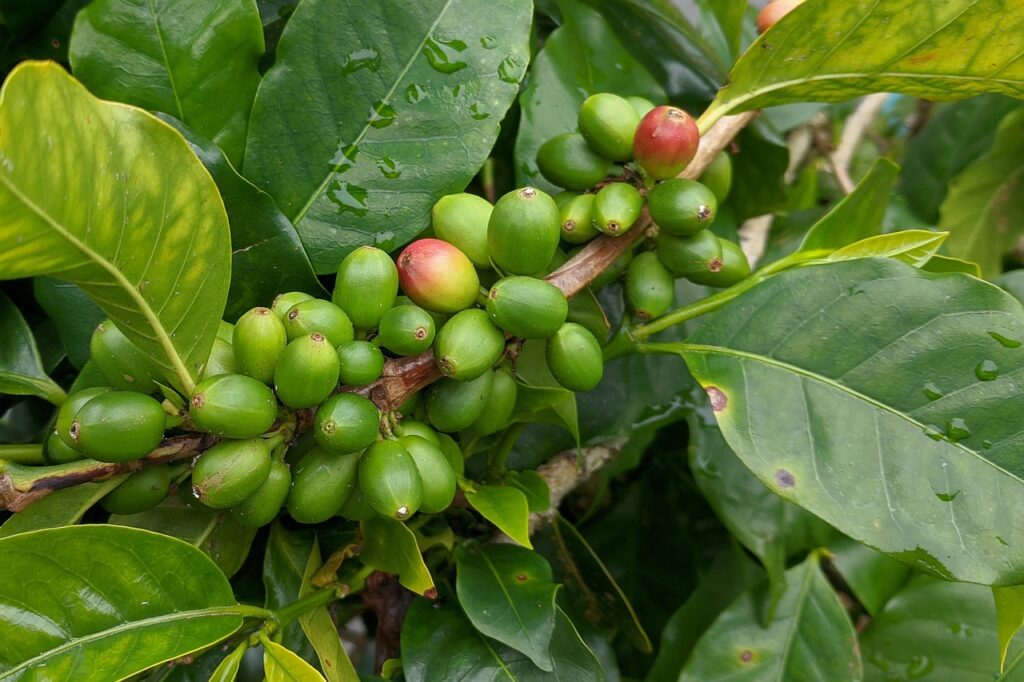Light Roast vs. Dark Roast: What’s the Difference?
When it comes to coffee, there are two main roasting methods: light roast and dark roast. While both roasts start with the same green coffee beans, the roasting process can greatly affect the taste and caffeine content of the coffee.
Light roast coffee is roasted for a shorter period of time, which results in a lighter color and a milder flavor profile. Light roast coffee tends to have a higher acidity level, which can give it a tangy or fruity taste. It also has a higher caffeine content than dark roast coffee, as the longer roasting process can break down some of the caffeine molecules.
Dark roast coffee, on the other hand, is roasted for a longer period of time, which results in a darker color and a stronger flavor profile. Dark roast coffee tends to have a lower acidity level, which can give it a smoky or chocolatey taste. It also has a lower caffeine content than light roast coffee, as the longer roasting process can break down some of the caffeine molecules.
When deciding between light roast and dark roast coffee, it’s important to consider your taste preferences. If you prefer a milder taste with higher caffeine content, light roast coffee may be the better choice. However, if you enjoy a strong and bold flavor with lower acidity, dark roast coffee may be the better choice.
It’s also worth noting that there are other roast levels beyond light and dark roast, including medium roast and medium-dark roast. These roasts can offer a balance between the flavors of light and dark roast coffee, and may be a good choice for those who want to experiment with different roasts.





